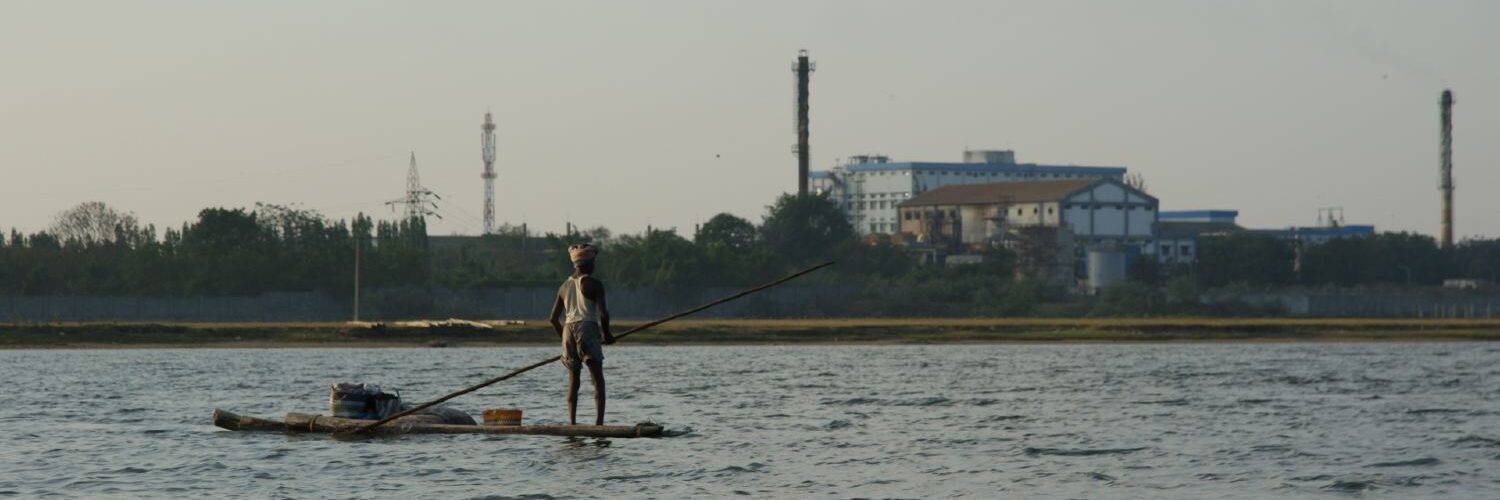21st May 2015
Express News Service
CHENNAI: The proposed 4,000 MW coal-fired power plant in Cheyyur taluk of Kancheepuram district will either be a loss-making proposition or consumers will have to pay higher tariffs, a US-based Institute for Energy Economics and Financial Analysis (IEEFA) said in a report commissioned by the Chennai based think-tank Indian Institute of Public Policy.
The IEEFA report, based on publicly available documentation on the plant, states that the tariff of power generated would be Rs 4.9/unit in the first year of operation (2021) and would level off to Rs 5.95/unit over the plants lifetime reaching Rs 8.3/unit in 2036.
“It does not include cost overruns as a result of delays in land acquisition or on-the-ground resistance or increase in international coal prices,” said Jai Sharda, the copartner of Ahmedabad based Equitorials, an Indian financial analysis company that has prepared the financial model for the report.
These tariff values are two to five times higher than what other Ultra Mega Power Projects (UMPP) in the country were providing power at, the report said.
“Reliance Power has signed an agreement at Rs 3.7/unit with Uttar Pradesh discoms (distribution companies)and Rs 2.5/unit with Madhya Pradesh discoms for Chitrangi Thermal Power plant,” the report said. If these tariff levels were applied to the Cheyyur plant, it would be insufficient to cover revenue requirements and costs, the report stated.
If the tariff is raised, it will be passed on to either the consumers or the State-run TANGEDCO, Sharda said.
“Will Tamil Nadus residents be able to pay such a high price for power,” wondered retired IAS official and former Haryana Electricity Board head MG Devasahayam at the press meet.
The report suggested that renewable sources of energy like wind and solar would prove to be cheaper options based on future tariff predictions as compared to the coal-fired UMPP. Devasahayam suggested that the country did not need UMPPs, but a decentralised model addressing demand-side problems by commissioning a number of smaller solar power plants.
The proposal for this UMPP has seen its share of controversies with the local populace opposing it on fears of environmental damage and later the National Green Tribunal restraining the Government of India from floating bids for the plant.
Eight companies originally evinced interest and all but one company pulled out with only the State-run NTPC remains in the running.
